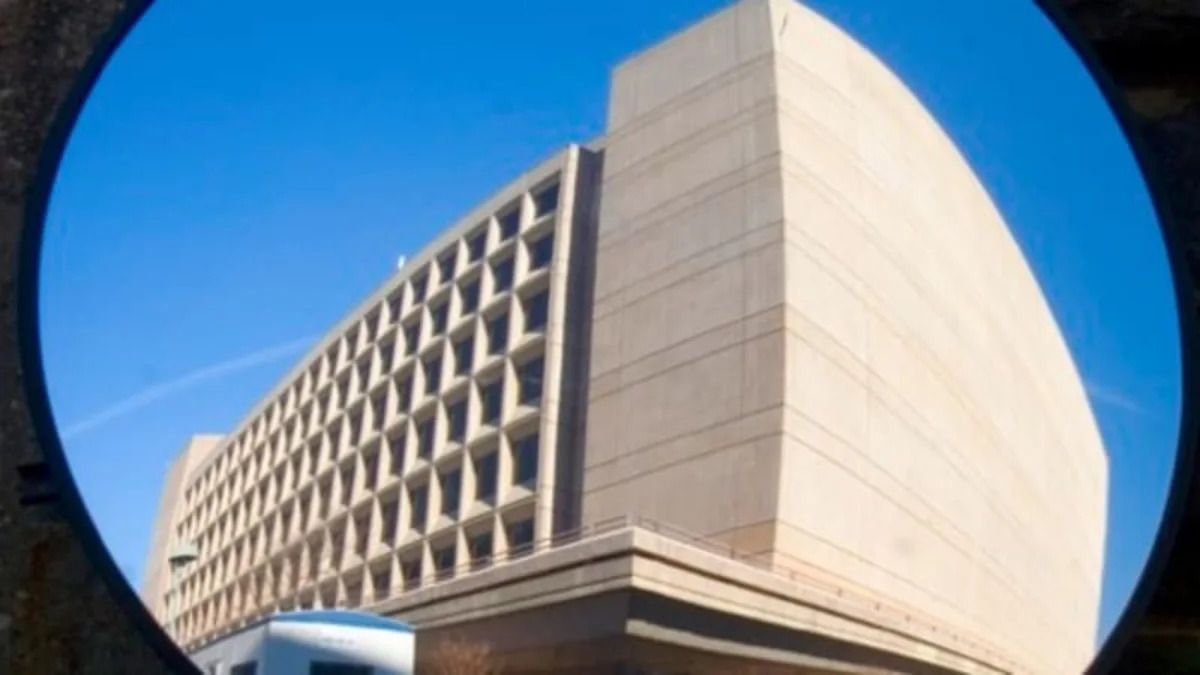Darryl Siry is making the most of his perch at Wired's Autopia to bring interesting discussion topics to the attention of the green car community. The latest: how the U.S. Department of Energy's Advanced Technology Vehicle Manufacturing Program (ATVMP) – intended to help put cleaner vehicles on the road – "has a downside."
The ATVMP has so far given out loans to Ford ($5.9 billion), Nissan ($1.6 billion) Fisker Automotive ($528.7 million), and Tesla Motors ($465 million). This is just about $8.5 billion of the program's $25 billion. As Siry points out, the ATVMP is much bigger than similar green car DOE programs. So, what's the problem? Siry worries that the DOE attention "may have the unintended consequence of stifling innovation by reducing the flow of private capital into ventures that are not anointed by the DOE." Basically, why would anyone invest in Aptera, which has not gotten funding, when they could invest in Tesla instead (when Tesla goes public, anyway). Apply this question to the broader green tech industry, and you can see that start-ups that haven't gotten DOE money won't look nearly as good as those that have, and thus their tech dies on the vine. Or so the theory goes.
We often hear the cliched refrain that the government should not be in the business of picking winners, that the market should decide which technologies make the most sense. Well, that's great except that the market for a long time has decided that gasoline is the winner, and is not all that concerned about the negative effects of its choice. The market has not functioned to bring enough alternative vehicles from start-ups – or cleaner cars from the big players – into production. The government has decided that gasoline's time is over and needs to be replaced. To do that, it needs to pick what it believes are the best alternatives, and thus it funds some technologies (plug-ins) over others (hydrogen, at least the current administration did so). Siry's possible solution to the stifling effect he foresees is "for the DOE to cast the net more broadly and provide loans and grants to a larger number of companies - which ironically means being less selective."
[Source: Wired]
Photo of DOE building by ellievanhoutte. Licensed under Creative Commons license 2.0.


Sign in to post
Please sign in to leave a comment.
Continue